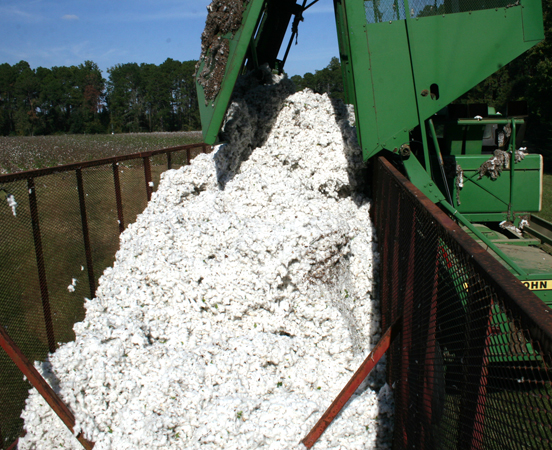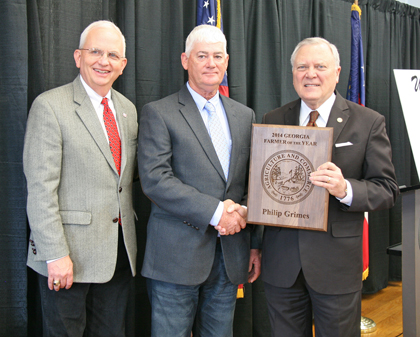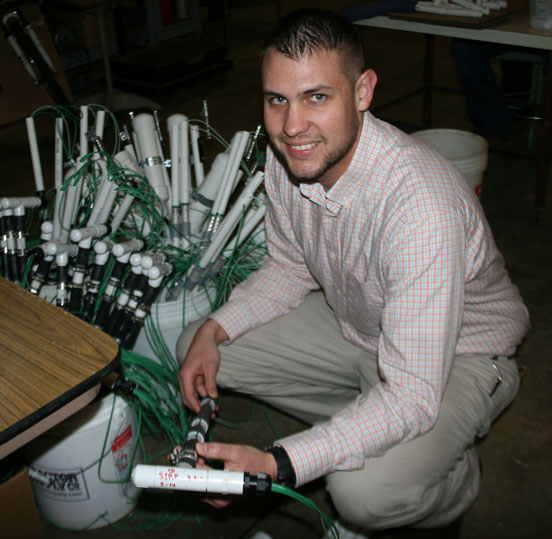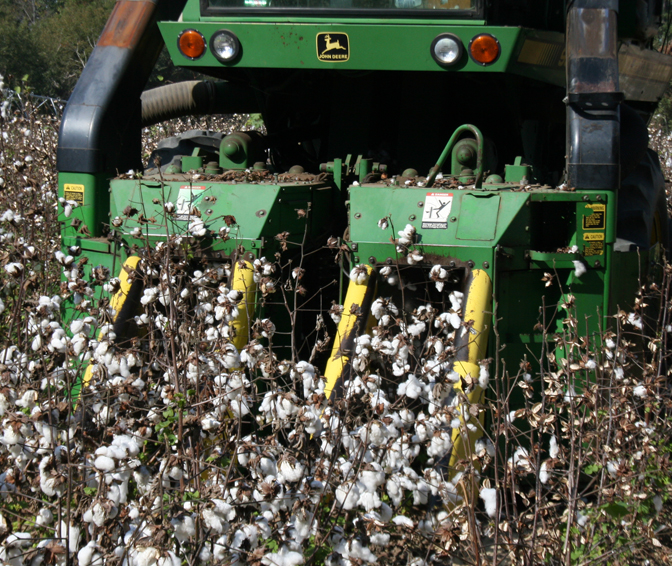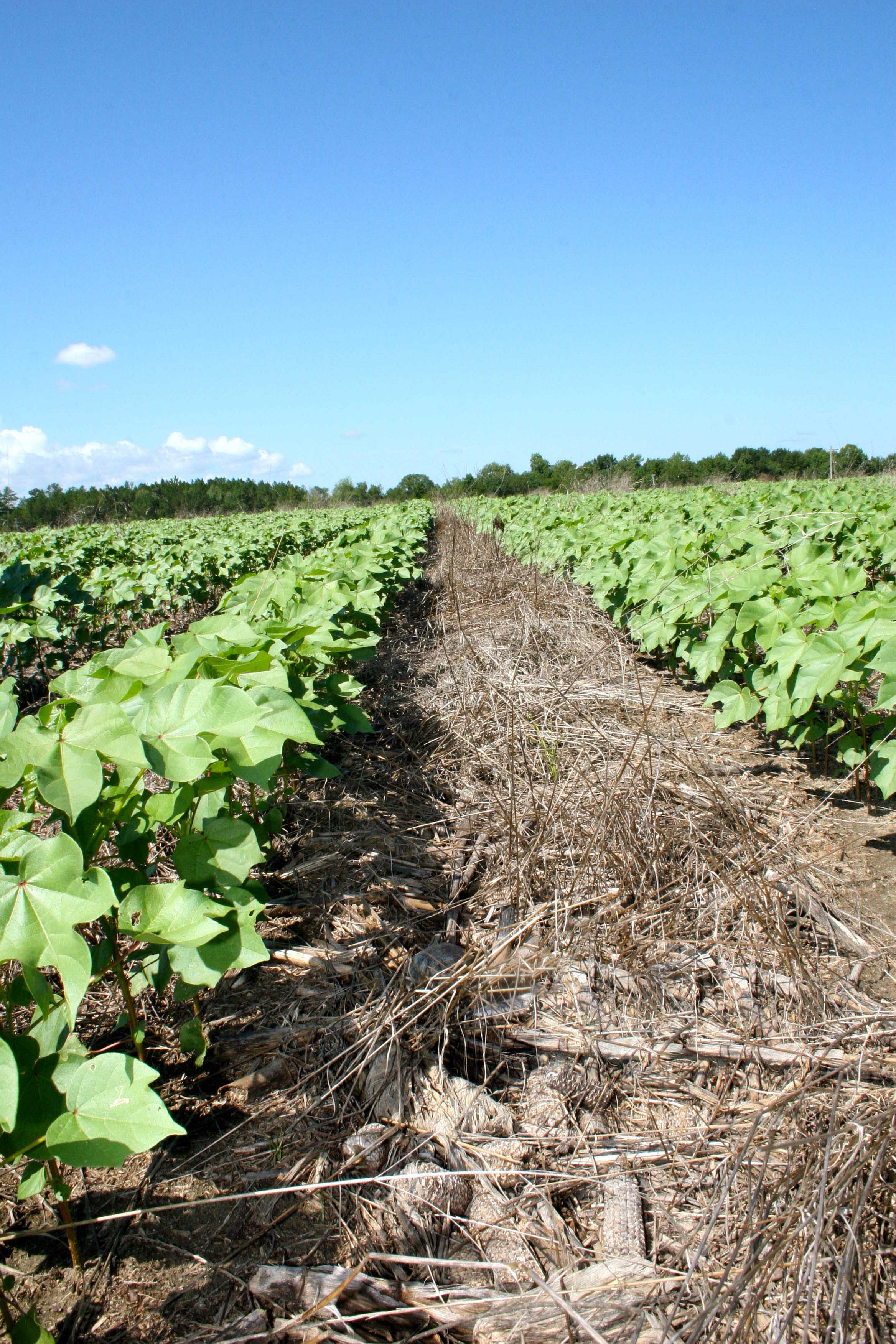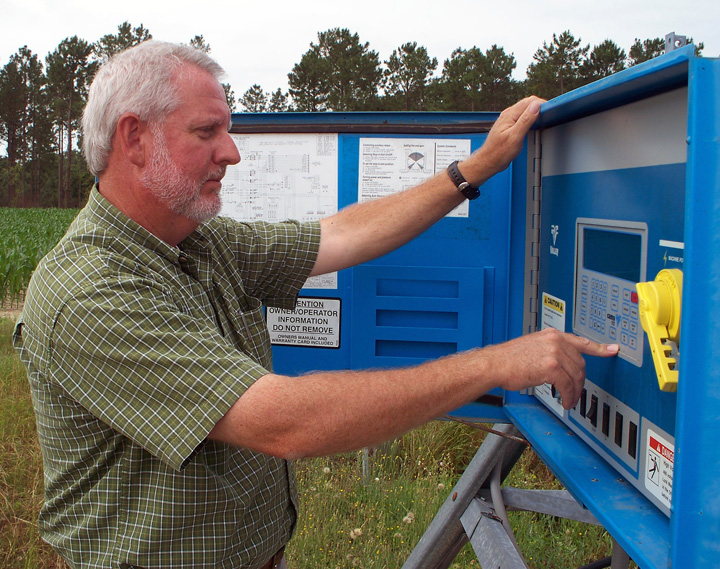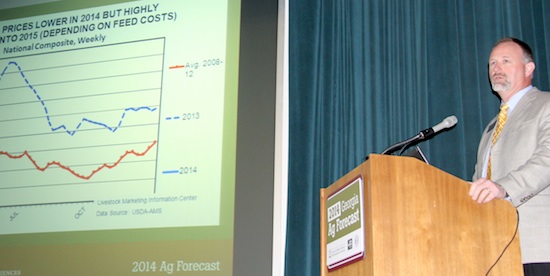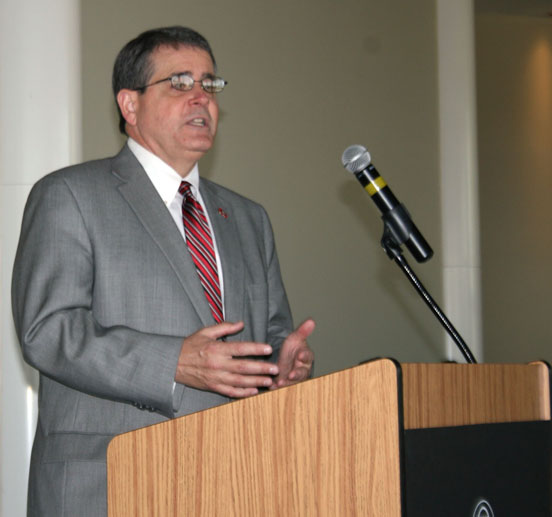 CAES News
CAES News
UGA President
University of Georgia President Jere Morehead visited UGA’s Tifton campus for the first time on Wednesday as part of his effort to learn more about the campus and the agriculture industry in Georgia.

